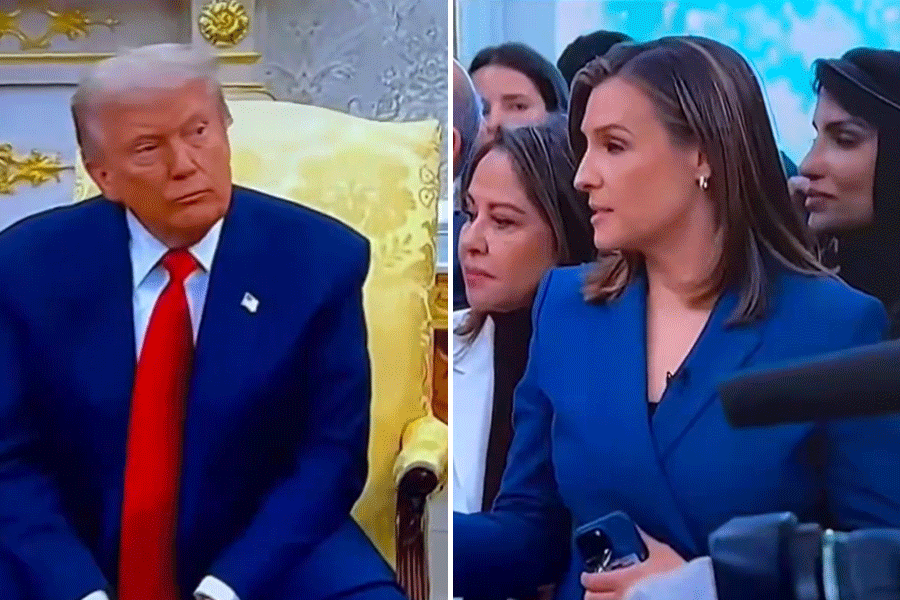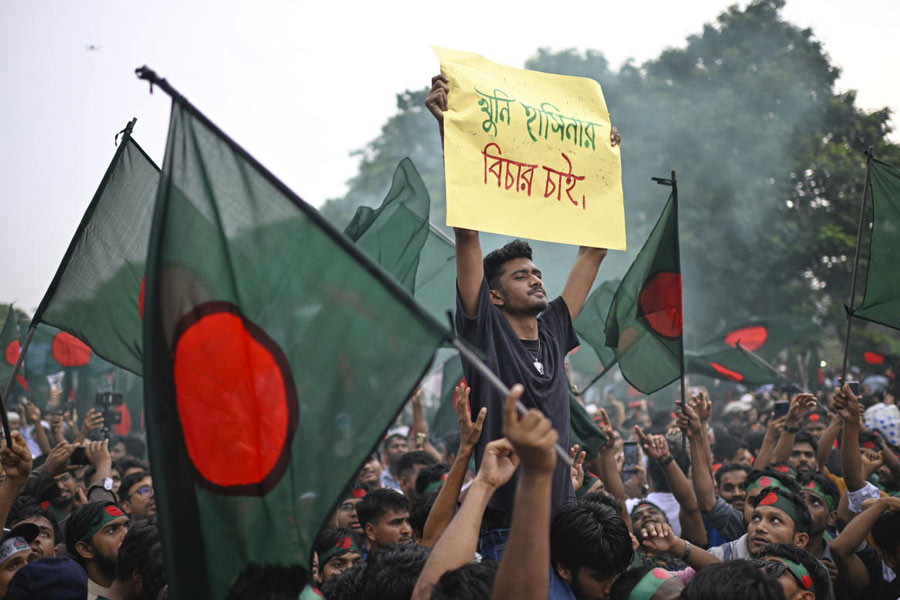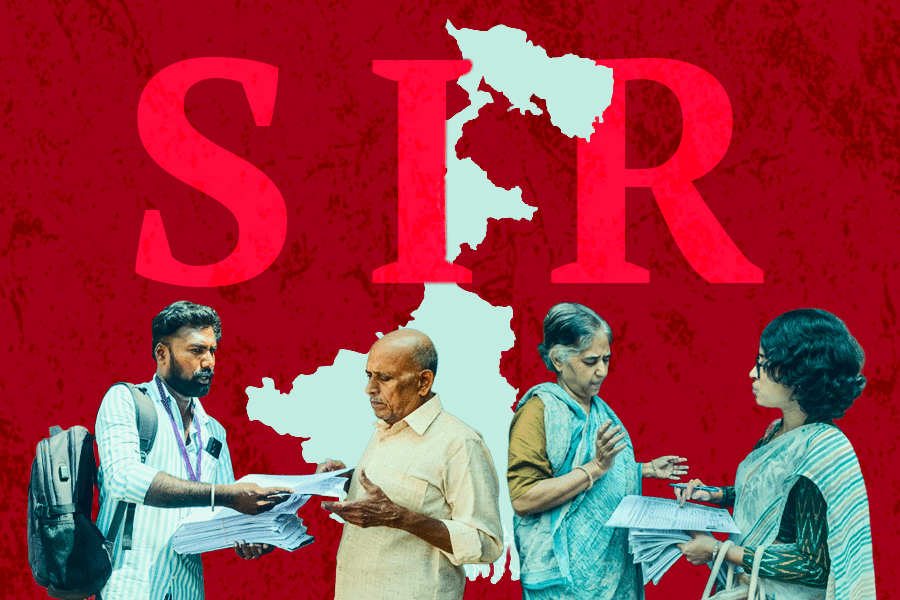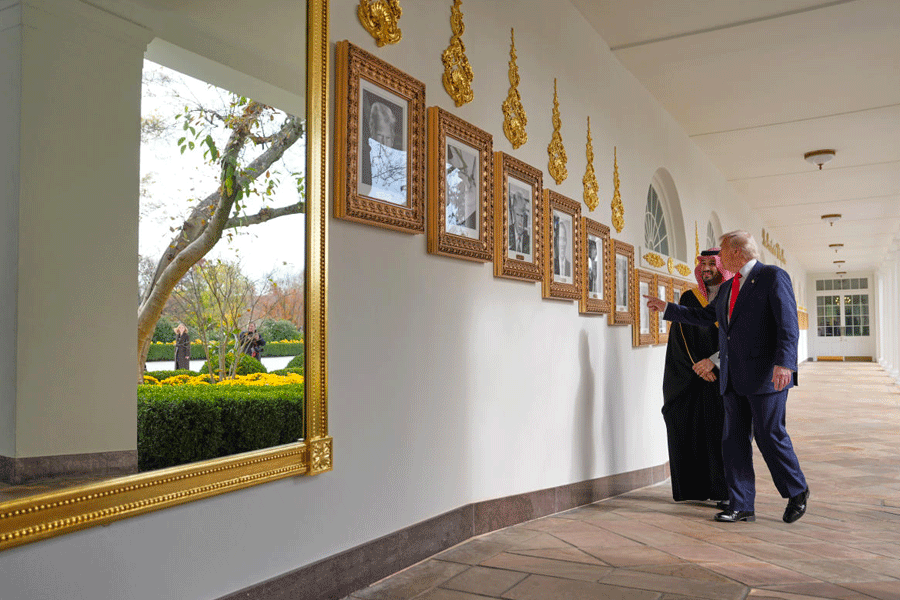Bangalore, Sept. 2: The Indian Institute of Science, which will step into its centenary year in 2008, is looking to Bengal’s Belur Math to fill in gaps relating to its birth.
“The growth of modern science and the growth of the IISc have progressed together. So, we would like to lay our hands on all archival material relating to the birth of this premier institute,” IISc chief librarian S. Venkadesan said.
The institute plans to bring out a book on its early history and is collecting audio and visual material.
Venkadesan is certain that a part of the IISc’s history is buried somewhere in Calcutta and wants to find out.
“As the then Indian capital had many scientists, we are quite sure that if old published works are dusted down from the shelves, the IISc’s history will become clearer.”
In the Belur Math archives, trustees have found letters exchanged between Jamshedji Nusserwanji Tata, the founder of India’s first science institute, and Swami Vivekananda.
The IISc, too, possesses a letter written by Tata to Vivekananda but not the reply.
“Although we have a hand-written letter by Tata to Swami Vivekananda, his reply has not been traced so far. We know it is in the Ramakrishna Mission headquarters’ archives. We hope they will part with valuable information,” Venkadesan said.
Vivekananda and Tata met during a voyage to the US aboard the steamship SS Empress of India and agreed to start a world-class science institute in India to promote the scientific temperament. Their discussions led to the idea of the IISc.
Back home after delivering his famous Chicago address, Vivekananda went about instilling this idea among the elite and the scientists of Calcutta. Articles printed by the English and Bengali press, apart from Belur Math’s publications, hold the key to the modest beginnings of the Bangalore institute.
Venkadesan said some gaps remain in our knowledge of the next steps in the institute’s birth.
“We need to fill these gaps before coming out with our commemorative issue. One reason for the gaps is that Tata died before his dream was fulfilled. But with his death, he left behind more people in Calcutta convinced that the Indian Institute of Science should be started. It finally did in 1908,” the chief librarian said.
When the movement for establishing a world-class science institute grew strong with Sister Nivedita and Bengali intellectuals supporting it, Lord Curzon, then governor-general of India, opposed it. These developments were reported in the Bengali and English press of that time.
“The breakthrough came when the Maharaja of Mysore, Sri Krishnaraja Wodeyar IV, offered 372 acres to set up the institute in Bangalore,” Venkadesan said.
The institute is also looking for copies of a newsletter, Prabuddha Bharat, published between 1901 and 1904.
“This is a newsletter published by the Ramakrishna Ashram. These copies will tell us more about the formation of the IISc,” Venkadesan said.
The IISc archives cell, headed by Venkadesan, will collect, catalogue and preserve all material relating to the institute, which will acknowledge whoever enriches its archives. In the centenary year, the IISc will organise meetings, seminars and science fairs.











